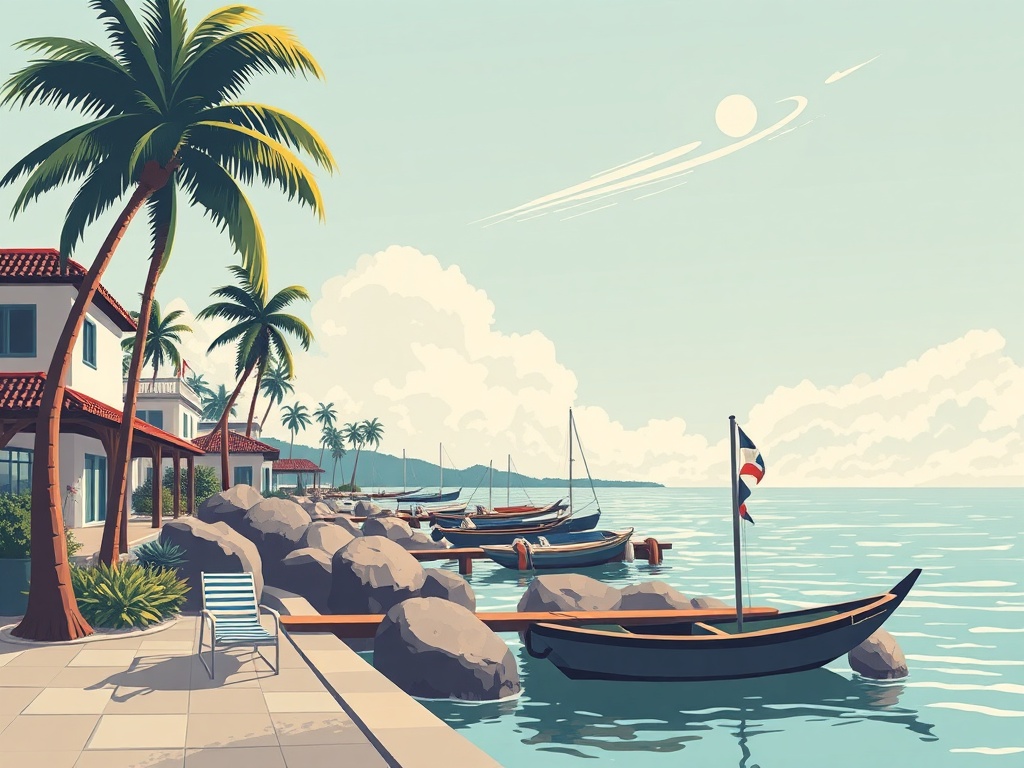Key West guide: what to see, do and taste on the southernmost island
Key West blends small-island charm with lively culture, making it an easy pick for travelers seeking sun, history and nightlife. From colorful Victorian cottages to reef-lined beaches, the island packs major experiences into a very walkable area.

Top attractions to prioritize
– Duval Street: The main artery for bars, galleries and shops.
Daytime is great for strolling and people-watching; evenings bring live music and a party vibe.
– Mallory Square: Famous for its nightly sunset celebration where street performers, local artists and crowds gather to watch the sun drop into the Gulf.
– Ernest Hemingway’s home: A well-preserved literary landmark where six-toed cats still roam the grounds.
– Southernmost Point buoy: A classic photo stop marking an iconic continental tip.
– Fort Zachary Taylor State Park: Combines a historic fort with one of the island’s best rocky-sand beaches for snorkeling and picnicking.
– Dry Tortugas National Park: Accessible by ferry or seaplane, this remote park offers pristine reefs, historic Fort Jefferson and excellent snorkeling.
Outdoor adventures and marine life
Key West sits on vibrant coral reefs, so snorkeling and diving are top activities.
Look for eco-conscious operators who provide reef-friendly briefings—don’t touch coral or feed wildlife, and use reef-safe sunscreen. Kayaking, paddleboarding and sailing are popular for calmer waters. For anglers, charter options range from flats fishing to deep-sea excursions.
Where to eat and drink
Seafood dominates menus—think fresh grouper, yellowtail snapper and local stone crab when in season. Don’t skip conch fritters and a slice of Key lime pie at a respected bakery or café.
The island also has a thriving craft cocktail and rum scene, with many bars offering Caribbean-inspired twists and locally sourced ingredients.
Getting around and where to stay
Key West is compact and very walkable, especially downtown. Bicycles, electric scooters and small taxis are convenient for short hops. The Conch Train and trolley tours offer historical overviews with minimal walking.
Accommodations range from boutique inns and historic guesthouses in Old Town to beachfront resorts—booking early helps secure the best location.
Practical tips and responsible travel
– Weather and packing: Layers work well for warm days and breezy evenings. Bring reef-safe sunscreen, a reusable water bottle and comfortable walking shoes.
– Safety: Island traffic can be dense in peak periods; watch for bicycles and scooters. Always secure valuables and use hotel safes when available.
– Conservation: The coral reef ecosystem is fragile. Use mooring buoys instead of anchoring when possible, avoid touching wildlife and dispose of trash properly.
– Events and crowds: Seasonal events and festivals can create lively atmospheres but also higher prices and fuller restaurants.
Check local calendars and reserve popular activities in advance.
Why Key West endures
Part of the island’s lasting appeal is its balance of relaxation and culture. You can lose an afternoon on a quiet beach, then find live music and inventive dining before nightfall.
Historic streets, maritime heritage and a community that values art and ecology keep Key West fresh for return visits.
Plan to move slowly and savor each stop—Key West rewards curiosity, whether you’re exploring backyard Hemingway lore, watching a spectacular sunset or slipping beneath the waves to meet reef life.